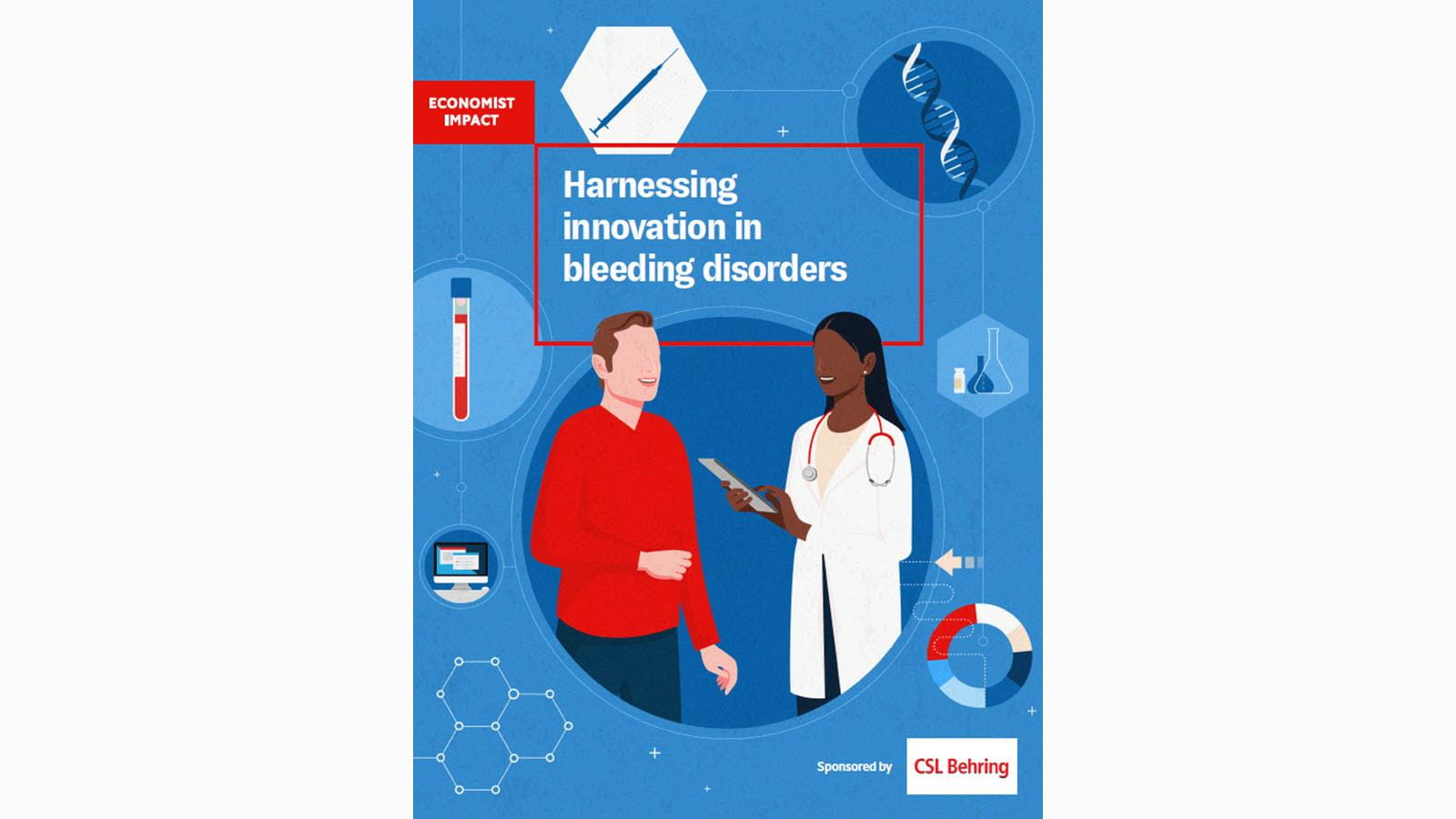A new report from the Economist Impact tells a story of how far medical care has come for people who live with bleeding disorders like hemophilia. Not that long ago, treatments were lacking and life expectancy was short.
But the report also points out how much further there is to go for a patient community that still faces the lifelong burdens – and high risks – of having blood that does not clot the way it should. The report was sponsored by CSL Behring, a global biotech company that makes medicines for rare and serious diseases, including hemophilia and von Willebrand disease. CSL Behring is investigating a potential new treatment for hemophilia B.
Workshops and interviews with patient groups, health professionals and policy experts informed the new report, which calls out five steps that should be taken to improve the quality of care:
- Commission integrated services.
- Develop regulatory, Health Technology Assessment (HTA) and payment models that support innovation.
- Enable technology.
- Aim for a functional cure.
- Amplify the patient voice.
The Economist Impact report explored three domains: technological innovation; systemic innovation; and therapeutic innovation.
“Building services around the principles outlined above – including empowering patients, education, enabling technology and working out how to reimburse a new generation of therapies – will not only help people with bleeding disorders, it will also improve health care services as a whole,” the report says in its conclusion.
Read the full report: Harnessing innovation in bleeding disorders.
Watch the webinar (Click on the button that says "Access the webinar on demand.")



